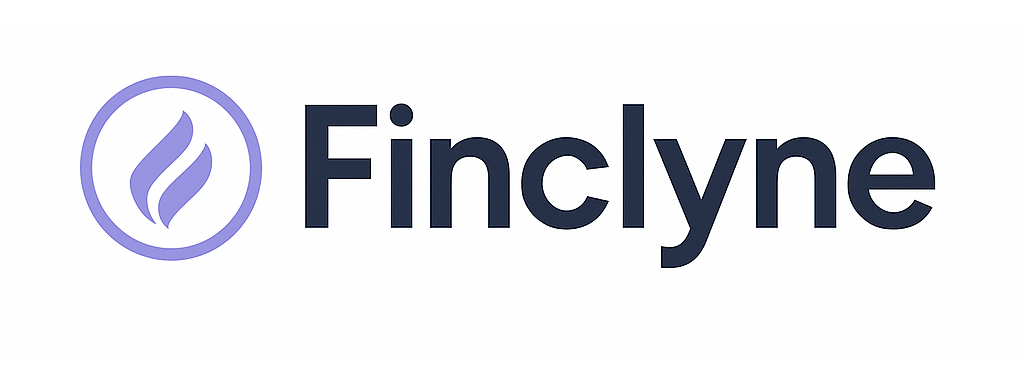US Dollar Rises After Hotter-Than-Expected US CPI Data
The global financial markets experienced a significant jolt today as the US dollar surged against major currencies, reacting sharply to the latest Consumer Price Index (CPI) data, which revealed inflation running hotter than anticipated. The report, a critical barometer for economic health and a key determinant of the Federal Reserve’s monetary policy, has effectively re-calibrated investor expectations regarding the timing and pace of potential interest rate cuts. For young investors and economy enthusiasts, understanding this interplay between inflation data, central bank policy, and currency movements is fundamental to grasping market dynamics.
The Labor Department’s report indicated that the CPI, a broad measure of goods and services costs, rose by 0.4% in the previous month, exceeding consensus forecasts of a 0.3% increase. On an annual basis, the inflation rate held firm at 3.5%, defying predictions of a slight deceleration and maintaining its distance from the Federal Reserve’s target of 2%. Core CPI, which excludes volatile food and energy components and is often considered a more reliable indicator of underlying inflation trends, also registered a robust 0.4% monthly gain and an annual rate of 3.8%, consistently above projections. Digging deeper into the figures, the primary drivers of this persistent inflationary pressure included elevated housing costs, particularly rent and owners’ equivalent rent, which continued their upward trajectory. Services inflation, a sticky component watched closely by the Fed, also remained stubbornly high, reflecting strong demand and wage growth in various sectors. While energy prices saw some moderation, their previous volatility contributed to a higher base, and recent increases in gasoline prices suggest ongoing inflationary pressures.
The immediate reaction across currency markets was pronounced. The US Dollar Index (DXY), which measures the greenback against a basket of six major currencies, climbed sharply following the release, reaching multi-month highs. This appreciation was particularly evident against the Japanese Yen, the Euro, and the British Pound. A stronger dollar makes US-denominated assets more attractive to foreign investors seeking higher yields, and conversely, makes imports cheaper for US consumers, though it can hinder US exports by making them more expensive. Beyond currencies, the bond market also felt the reverberations, with US Treasury yields spiking across the curve. The yield on the benchmark 10-year Treasury note, a key indicator for borrowing costs and economic growth expectations, jumped by several basis points, reflecting investors’ demand for higher returns to compensate for sustained inflation and the likelihood of higher interest rates for longer. Equity markets, conversely, typically reacted negatively to such news, as the prospect of delayed rate cuts or even the slim chance of further rate hikes increases borrowing costs for corporations and can temper economic growth, potentially weighing on corporate earnings. Sectors sensitive to interest rates, such as real estate and technology, often bear the brunt of such shifts.
At the heart of the market’s response is the intricate relationship between inflation data and the Federal Reserve’s monetary policy. The Fed has been navigating a delicate balance between taming inflation and supporting economic growth. Their primary tool in this endeavor is the federal funds rate, which influences borrowing costs throughout the economy. Prior to this report, market participants had been increasingly optimistic about multiple rate cuts occurring later in the year, with some even anticipating an initial cut as early as June or July. The “hot” CPI data, however, has cast a significant shadow over these expectations. It reinforces the Fed’s cautious stance, often summarized by their “data-dependent” approach, and makes it considerably harder for them to justify easing monetary policy in the near term. The continued strength in inflation suggests that the economy remains robust, potentially negating the immediate need for stimulus. This could mean a prolonged period of “higher for longer” interest rates, a narrative that has intermittently dominated market discussions over the past year. Federal Reserve officials, including Chairman Jerome Powell, have consistently reiterated their commitment to bringing inflation back down to the 2% target, emphasizing that they need “greater confidence” that inflation is sustainably moving towards that goal before considering rate reductions. This latest CPI print suggests that confidence may still be some way off, putting potential rate cuts further into the future.
Looking ahead, market participants will be keenly watching subsequent economic indicators, particularly the Personal Consumption Expenditures (PCE) price index – the Fed’s preferred inflation gauge – and upcoming labor market reports. Speeches and statements from Federal Reserve officials will also be scrutinized for any shifts in their outlook or forward guidance. For young investors, this environment underscores the importance of a diversified portfolio and a long-term perspective. While short-term market reactions can be dramatic, understanding the underlying economic forces at play, such as inflation and monetary policy, provides a crucial framework for informed decision-making. The current landscape is a stark reminder that the path to price stability is rarely smooth, and economic data can often be the primary driver of significant market movements, shaping the financial outlook for months to come.
—





